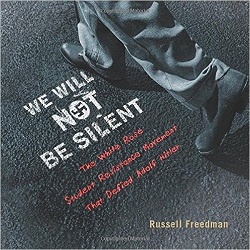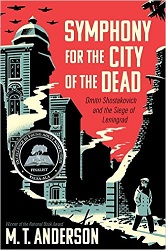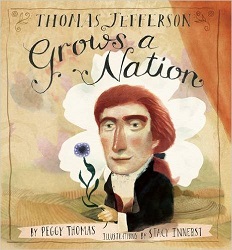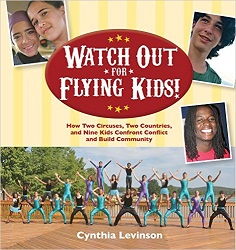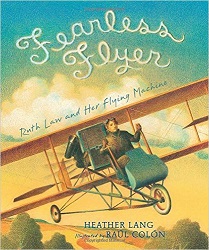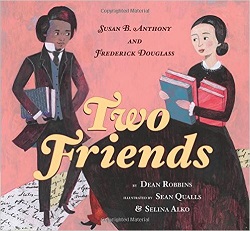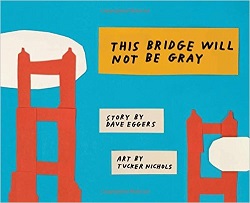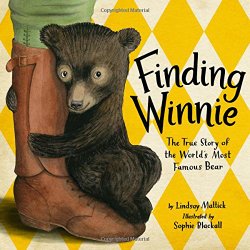Review of We Will Not Be Silent, by Russell Freedman
The White Rose Student Resistance Movement That Defied Adolf Hitler
by Russell Freedman
Clarion Books (Houghton Mifflin Harcourt), 2016. 104 pages.
Here’s a large-format nonfiction book, with photographs on every spread, about a group of German students who defied Hitler by writing and distributing pamphlets that denounced him. The original founders of the group were executed for their “crimes.”
The Preface neatly summarizes what this book covers:
In 1942, when World War II was in its third year, leaflets began to appear mysteriously in mailboxes all over Nazi Germany. Someone would open an envelope, pull out a leaflet, take one look, then turn and glance around nervously to make sure no one was watching. A person could not be too careful. Anyone caught with a seditious leaflet was marked as an enemy of the state and could land in a concentration camp, or worse.
Neatly typed, run off on a mimeograph machine, these documents were headed “Leaflets of the White Rose.” They assailed the Nazi “dictatorship of evil,” denounced Adolf Hitler as a liar and blasphemer, and called on the German people to rise up and overthrow the Nazi regime.
Where were these inflammatory leaflets coming from? Who was the White Rose? Was more than one person involved? The Nazi secret police, the Gestapo, organized a special task force to hunt down those responsible. A reward was offered for information leading to their “speedy arrest.”
I like when a nonfiction book for children has information I don’t know myself. I’d never heard the story of Hans and Sophie Scholl and the movement they founded. It’s good to read about Germans who didn’t fall for Hitler’s lies. These ones gave their lives for it.
In a gruesome note, I’ve read a lot about concentration camps, but I hadn’t realized that Hitler’s favorite method of execution of his enemies was the guillotine. These students were actually beheaded when they were caught – but their movement continued. Today there is a memorial and museum about them at Munich University, where they were students.
This book is accessible to kids, with so many relevant photographs throughout the book. It also presents a wealth of information for anyone of any age who’s interested in true acts of heroism.
Find this review on Sonderbooks at: www.sonderbooks.com/Childrens_Nonfiction/we_will_not_be_silent.html
Disclosure: I am an Amazon Affiliate, and will earn a small percentage if you order a book on Amazon after clicking through from my site.
Source: This review is based on a library book from Fairfax County Public Library.
Disclaimer: I am a professional librarian, but I maintain my website and blogs on my own time. The views expressed are solely my own, and in no way represent the official views of my employer or of any committee or group of which I am part.
What did you think of this book?
